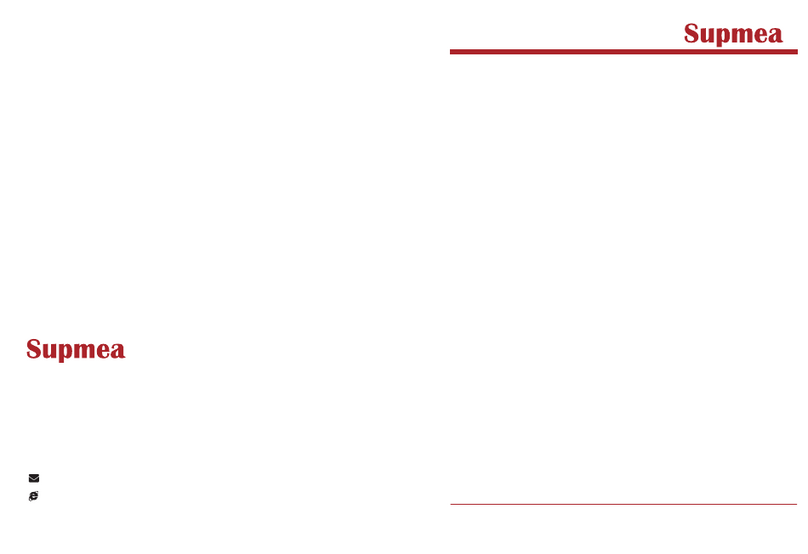
Contents
Chapter 1 Introduction........................................................................................................ 1
1.1. Product Introduction............................................................................................ 1
1.2. Operating principle.............................................................................................. 1
1.3. Liquid level measurement.................................................................................. 2
1.4. Main Parameters................................................................................................. 2
1.5. Without display selection....................................................................................4
1.6. Product advantage.............................................................................................. 5
Chapter 2 Installation..........................................................................................................6
2.1. Dimension.............................................................................................................7
2.2. Wiring.................................................................................................................... 9
2.3. Measuring liquid................................................................................................ 12
2.4. Solid measurement........................................................................................... 18
2.5. False echo blocking method............................................................................21
Chapter 3 Settings............................................................................................................ 25
3.1. Interface display................................................................................................ 25
3.2. Error code...........................................................................................................30
3.3. Button description............................................................................................. 30
Chapter 4 Communication...............................................................................................31
4.1. Communication protocol.................................................................................. 31
4.2. Function code.................................................................................................... 31
4.3. Error code...........................................................................................................31
4.4. Query device address.......................................................................................31
4.5. broadcast instruction.........................................................................................31
4.6. Frame format..................................................................................................... 32
4.7. Example.............................................................................................................. 33
4.8. Modbus register address correspondence table.......................................... 34
Chapter 5 Troubleshooting.............................................................................................. 39
Chapter 6 Warranty & After-sales Service.................................................................... 41




























